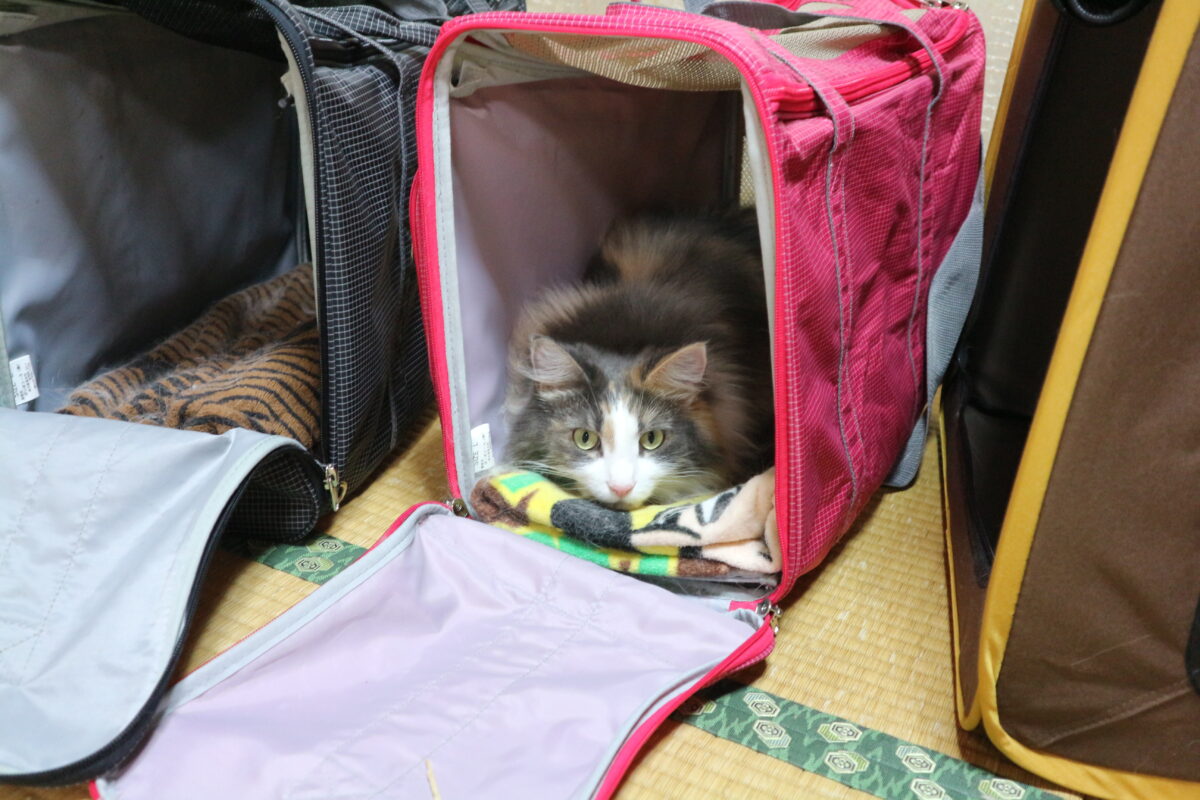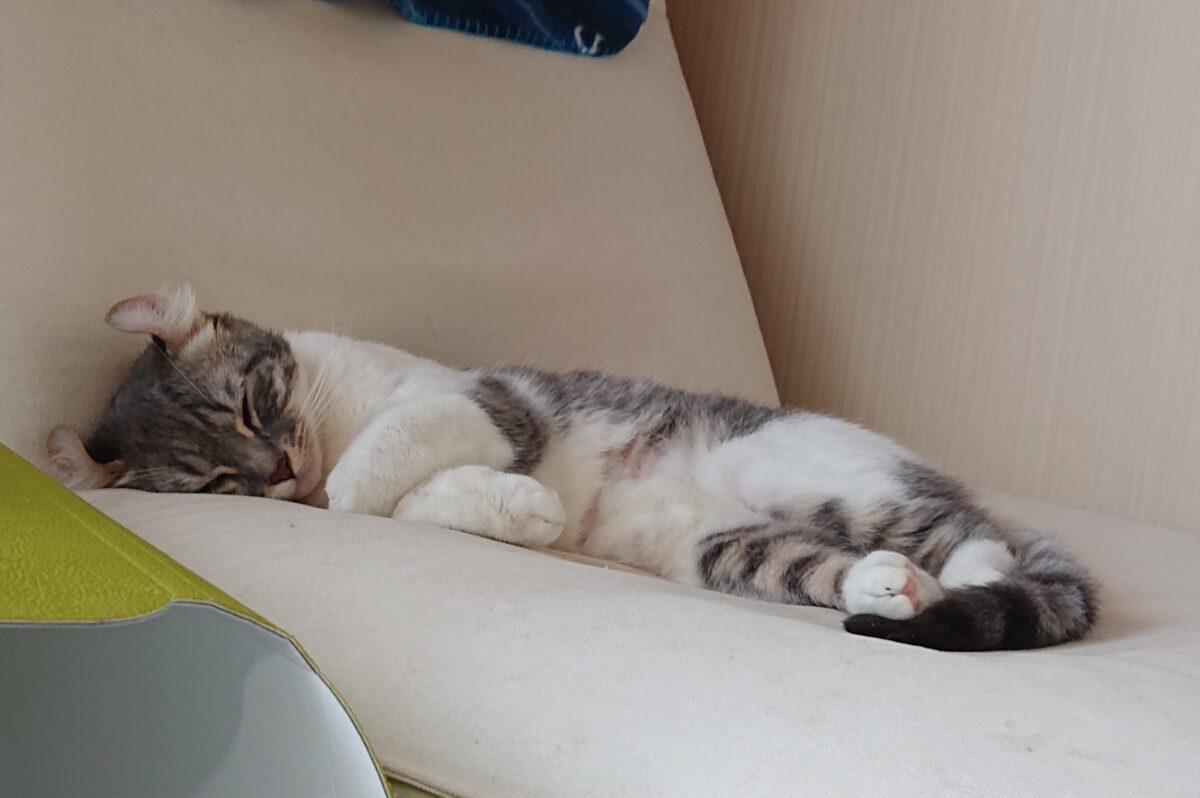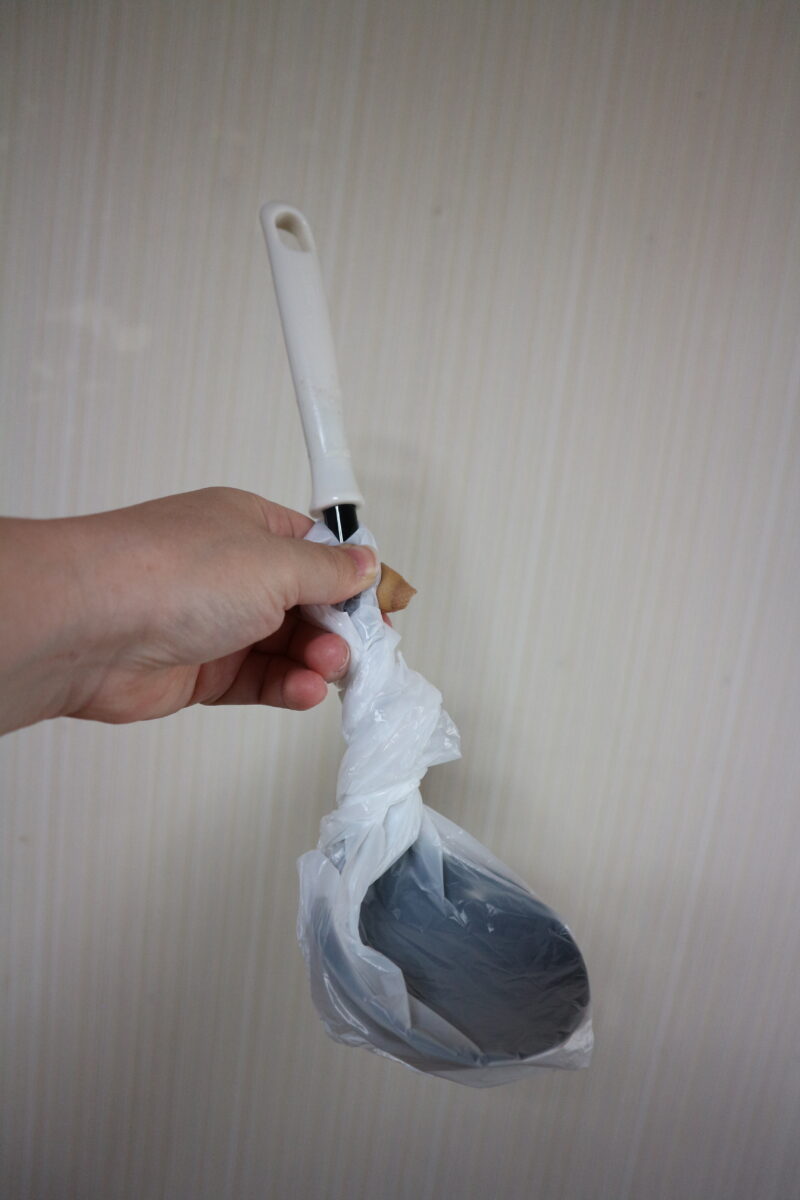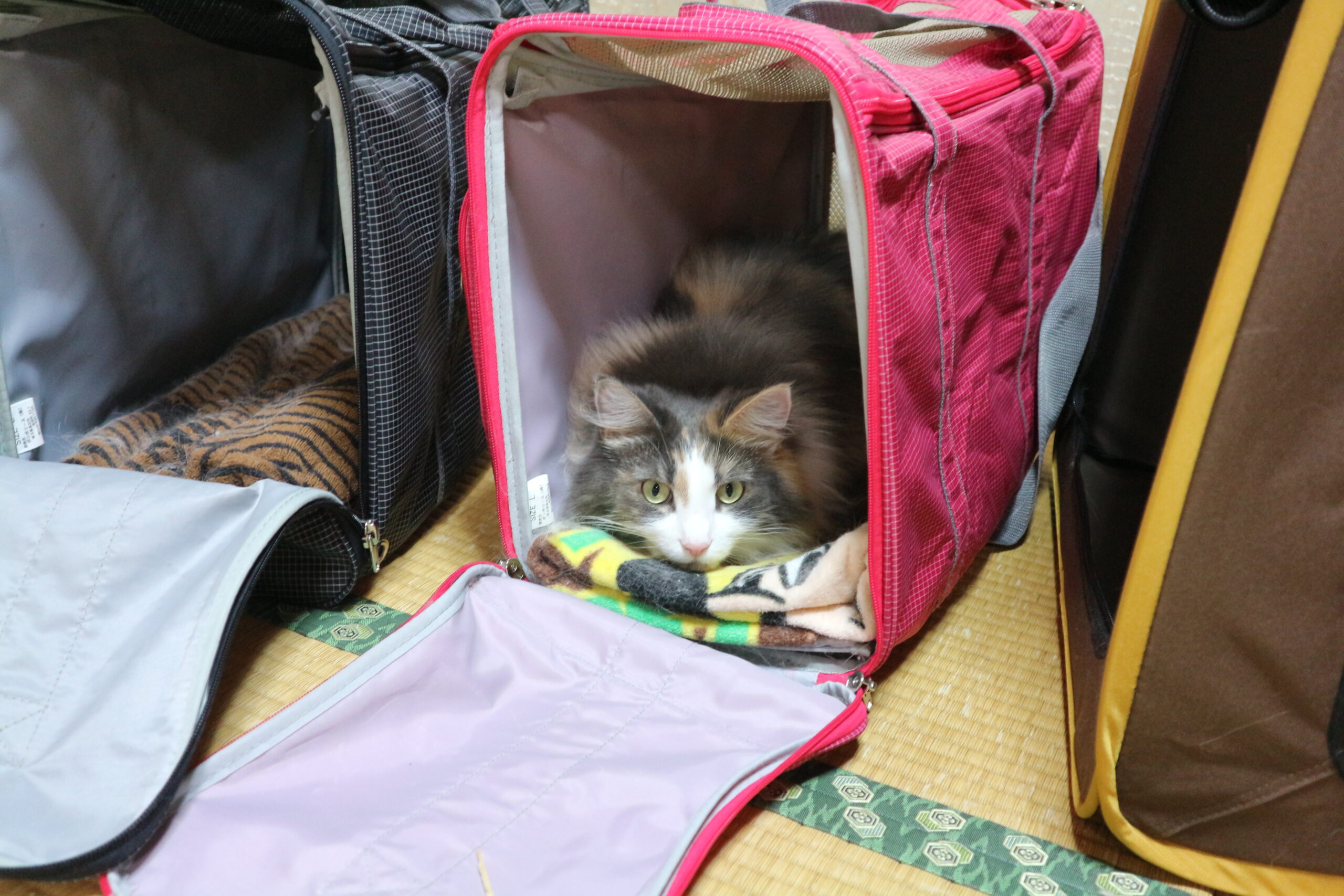Hi there, it’s Mom. The other day I posted an article on our vet and the way how to medicate the cats. Zoe and Hugo sometimes throw up and the vomit sometimes includes blood. They also used to pass blood in urine when they were a child. Those symptoms came regardless of the long-or short haired or the sex. Today I am going to write about their experience of Vomition and Hematuria.
This article is just a record of Zoe and Hugo’s health and not applicable to all cats. Please consult with your vet for the symptoms of your cat.

Vomition
Cats are said to be the animals that often throw up, generally speaking. Long-haired cats throw up to take the hair ball out of the stomach. Some cats prefer eating cat grass to promote throwing up. Zoe and Hugo keep throwing up when cold days and warm days come repeatedly in the middle of the seasons. When they throw up I hear the sound like pumping. When they do not have the other symptom and seem fine after it, we keep an eye on them without taking them to the vet. When they do it in the middle of night, we take them next morning. We take a picture of the vomit by a smart phone or bring the vomit to the vet.
When they throw up, we tell the vet whether or not they are energized and whether or not they have enough appetite. We also tell the vet if the vomit contains a hair ball, food or blood, and whether the food is digested or not. Our vet asks us whether or not they moved the bowel. When they look fine, the bowel condition is good and the vomit does not contain blood, the vet administers the drip injection and tells us to have them take antiacid and dietary restriction.
For the dietary restriction, we give one-fifth of the food for the first day, two-fifths for the second day… and five days later we give the full portion of food. When their vowel does not move, it means the symptom is more serious. Fortunately, Zoe and Hugo did not get such a serious symptom. The diagnose of our vet is always really accurate and Zoe and Hugo’s symptom goes away within five days.
The bloody vomit of them was not serious; we could see slight pink thing in the gastric juice. However, when it comes to Hugo, it gives burden on his body and he cannot do anything other than staying in bed. We feel so sorry for him when we see him sleeping with a suffering face. Zoe, on the contrary, have good appetite and she wants more food even in the dietary restriction. We feel sorry for Zoe, too, when we see her asking us for more food and we wish the five days will pass quickly.

What is difficult in having two cats in a house is to feed each of them. Zoe and Hugo did not have the symptom at the same time, so it can happen that one is given the full portion of food but the other has to be in a dietary restriction. It is the cat’s nature of cats to finish meal by eating little by little, so, neither of Zoe or Hugo finishes the meal at once. So in order to have each of them finish the meal, we have to separate the room. However, we cannot make them keep staying in the rooms for a long time, we anyway took the dishes away even if the food remains, and see the other chances to have them finish the meal. Since cats have a keen sense of smell, each of them finds that the other is fed. But we cannot find any better way at this moment.
Hematuria
Both Zoe and Hugo have suffered with Hematuria, bloody urine. We prepare three cat litters for them. The cat litters have two layers; we put the pellets on the upper layer and disposable pads on the lower layer. The pad absorbs the urine penetrated by the pellets and we can check the state of urine- color and whether or nor it contains crystals. Hematuria comes suddenly; the bloody urine shows bright red, so we get flurried. According to our vet, disturbance of lower urinary tract endangers the life mainly in male cats. So he decided to apply a dietary cure to two of them (please follow the instruction of your vet).
When we find blood on the urine, we specify who did it and sample the next urine in a syringe. When sampling, we put the pad upside down on the pellet so that the one pees on the plastic surface. This is what our vet told us. According to him, in doing so we can sample the crystals easily if the urine contains. If we use the pad in a regular way, the fiber catches the crystal and the examination cannot detect.
At first neither Zoe or Hugo had a problem to pee on the sheet spread on the pellet, though they looked at it suspiciously. But now they refuse it; maybe they acknowledged that it is completely weird. They restrain themselves not to pee and it continued for hours. Hugo started to take out his anger on Zoe for his irritation. Me and Dad worried about them because their condition might get worse if they continue not to pee.
So, we came up another idea. We bought a cooking ladle to sample the urine and cover it with plastic wrap or bag. When they start to pee we sample the urine by putting the ladle under the tail. When they finish peeing, we suck it up by a syringe. This is the way that the other cat owner introduced on YouTube and it goes well for Zoe and Hugo so far. I came up with wrapping the ladle with the plastic wrap because I wanted to avoid contamination of current and past urine even if it is washed every time.

Well, how do we find which passes blood? We cannot know it so we have to infer it from the recent situation. In watching the everyday situation we can get used to infer who does it. Sometimes we see the moment that the one passes blood by checking the pad frequently. When sampling the pee we bring the suspect in a room and I sleep with him/her. They are surprised at and suspicious of the non-daily situation and get away from peeing, but they usually do it in the early morning. I wake up once I hear the noise of pellet and prepare my special ladle. Once it starts, they cannot stop. I put the ladle under the tail. They must feel “Nooooo!!” but I keep putting the ladle. I cannot sleep well, but I feel a big achievement when I finish sampling. I wrap the sample in a plastic bag and put it in the refrigerator so that it does not get bad.
Me and Dad hesitate to take them to the vet when they pass blood but are energized enough, because the symptom looks less serious. At those times the books like “The Veterinarians’ Guide to Your Cat’s Symptoms” helps. We have a similar book written by a Japanese vet and we can look up the disease from the symptoms. It tells us when to take them to the vet and when to keep an eye on them.


